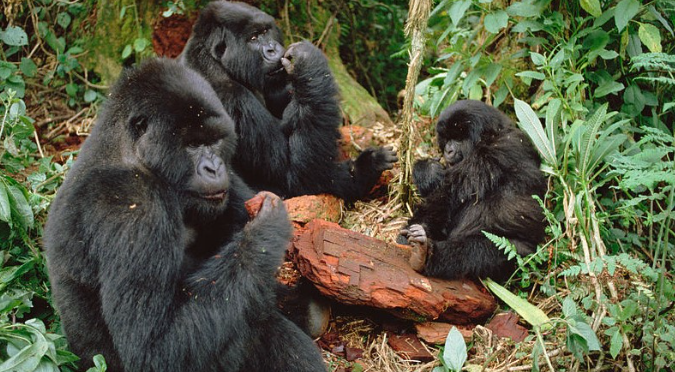How Gorillas Adapt to Seasonal Food Availability
Understanding how gorillas adapt to seasonal food availability is not only fascinating but also crucial for conservation efforts. As these magnificent creatures face threats from habitat loss and climate change, learning about their dietary habits can help us support their survival. This article explores the strategies gorillas use to thrive in changing environments.
The Seasonal Diet: A Flexible Feast
Gorillas are primarily herbivorous, relying on a diverse diet that includes leaves, stems, fruits, and flowers. However, food availability can vary dramatically with the seasons. During fruiting seasons, gorillas switch from a primarily leafy diet to consuming more fruit, which is high in calories and essential nutrients. This flexibility allows them to maximize energy intake when resources are abundant, supporting their overall health and reproductive success.
Social Structures and Foraging Behavior
Gorilla social structures play a significant role in how they adapt to changing food environments. Living in groups, or troops, allows gorillas to share information about food sources. Adult males, or silverbacks, often lead their troops to areas where food is plentiful. Additionally, group foraging can enhance efficiency, as members can cover more ground and locate food more quickly together than they would alone. This social aspect of foraging not only benefits individual gorillas but also strengthens the bonds within the group.
Storing and Managing Resources
Another interesting adaptation is the gorilla’s ability to remember and manage food resources. They have excellent spatial memory, allowing them to recall the locations of fruit trees or other food sources. During lean seasons, gorillas may revisit these areas, ensuring they can find food even when it is scarce. Additionally, they may alter their foraging patterns based on the seasonal availability of specific plants, demonstrating an impressive understanding of their environment that helps them thrive year-round.
In conclusion, gorillas exhibit remarkable adaptability to seasonal food availability through flexible diets, social foraging strategies, and effective resource management. By understanding these behaviors, we can better appreciate the importance of conserving their habitats. If you’re interested in learning more about gorillas and their incredible adaptations, consider supporting wildlife organizations dedicated to their preservation!

